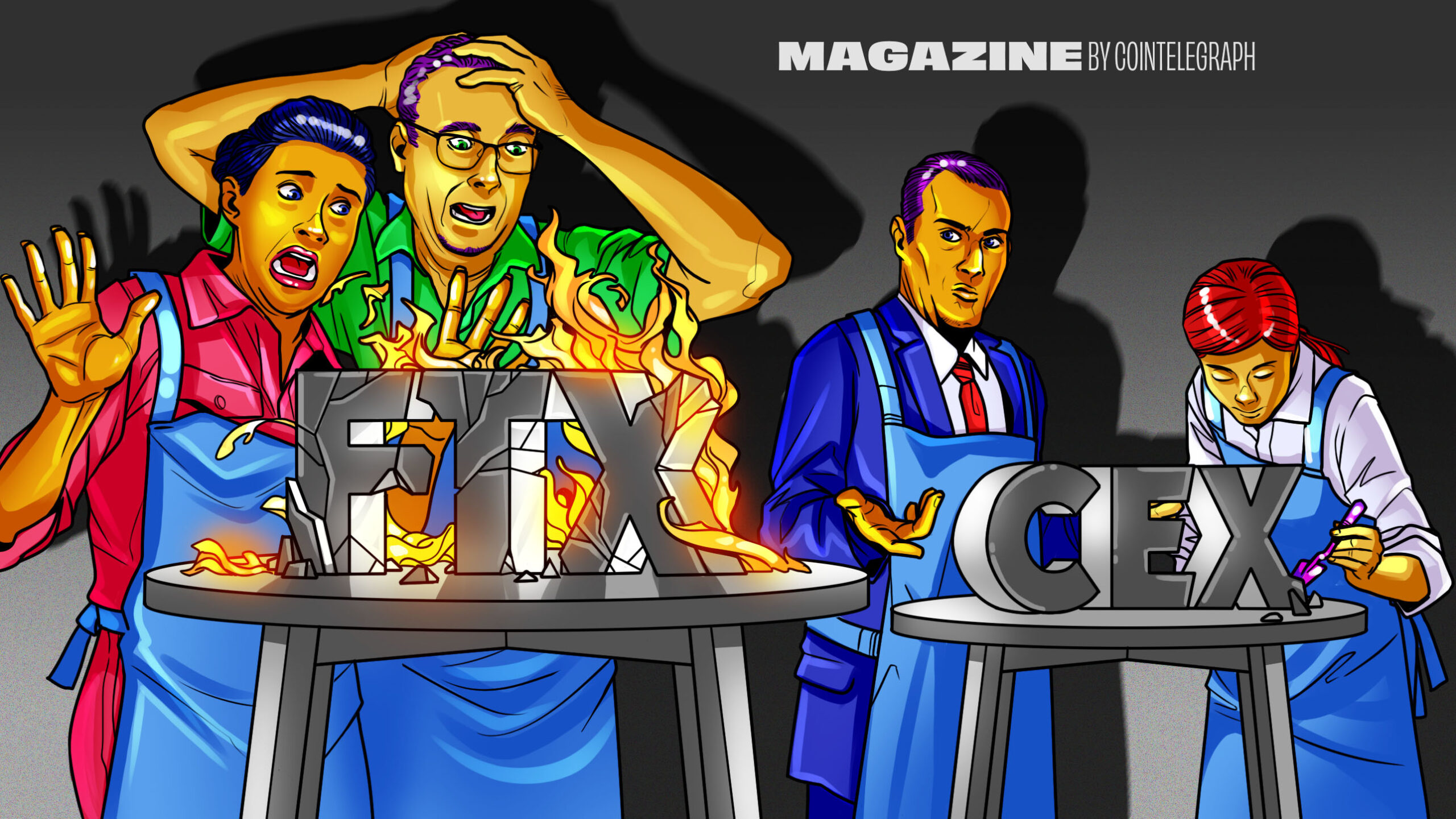Institutional investors won’t save crypto, but they will help it grow
The state of the world economy has pushed institutional investors to look for alternative methods of investment. And more and more often, Bitcoin (BTC) is becoming such a tool.
Since August, business intelligence firm MicroStrategy has purchased BTC worth a total of $425 million. At the same time, digital asset manager Grayscale Investments raised record amounts of money in both the first and second quarters of this year ($1.4 billion in total).
But should we celebrate institutional investors as the “saviors” of crypto? Or, on the contrary, are they the ones that will lead to the digital asset industry’s downfall?
Related: Why institutions suddenly give a damn about Bitcoin
Safe assets are in a worldwide crisis
Before I answer the above questions, let’s look at the main reason that institutions are eyeing crypto. There is a worldwide crisis when it comes to generating returns from the traditional market’s safe assets. Low-risk instruments, such as savings accounts and high-quality bonds like U.S. Treasurys, have been providing minimal yields in recent years. The returns are so low for these assets that inflation often eats away the profits and leaves investors with a negative return on investment, or ROI.
Furthermore, some nations such as Denmark, Switzerland and Japan use negative interest rates to boost the economy. While it’s a good way to fight deflation, negative and low interest rates discourage people from investing in safe assets. However, this doesn’t mean that traditional instruments are failing investors. Instead, we are going through a phase in the world economy’s development where low-risk investments don’t yet provide decent returns to investors.
With that said, this will drive interest in cryptocurrencies until the global economy advances to a phase where traditional assets start performing well again. Compared with the general market, the digital asset industry has been developing at a much faster pace, with multiple reasons behind this phenomenon. The regulatory scrutiny surrounding the market is limited, and crypto projects have a different mindset. Also, the current technology level allows and encourages businesses in the space to innovate.
As a result, crypto has become a maturing industry that has a history of providing excellent returns to investors. Furthermore, even in the middle of a global economic crisis, Bitcoin’s volatility is at record-low levels. And the less volatile an asset is, the lower the risks are for investors.
While the above makes crypto attractive for individuals, the current digital asset market offers institutional investors a way to meet their investors’ ROI expectations. The stakes are high, and they are looking into Bitcoin for a very good reason.
The recent institutional surge’s impact on crypto
People in crypto often think that institutional investors will be the main facilitators of the next Bitcoin boom. However, that’s not exactly the case here. And the opposite — that institutions will corrupt the crypto market with their whale-sized investments — is not true either.
Instead of “destroying” the crypto market or launching Bitcoin “to the moon,” institutional investors help the crypto market mature, making it more efficient. For example, when BTC is underpriced, they use this inefficiency to drive it up, and they bring it down when the digital asset is overpriced.
Because institutional investors are seasoned investors with vast money-market experience, they follow the above practices to limit their risks and maximize their returns. This dampens the volatility and increases the market’s liquidity. However, factors like Bitcoin’s adoption rate and the current macroeconomic situation have a more substantial impact on the underlying long-term BTC price movement than do institutional investors.
On the flip side, a more mature market also means the potential gains from crypto investments will also decrease. But this won’t lead to the digital asset industry’s downfall. Instead, it’s a sign of the natural development that all new markets go through as they enter into the mass adoption phase, which will result in a more mature, more stable, less volatile cryptocurrency sector.
Related: Will PayPal’s crypto integration bring crypto to the masses? Experts answer
With that said, taking strong positions in crypto, like what MicroStrategy did recently, provides a buying signal to other institutional investors that will see cryptocurrency as a serious asset class. It’s important to note that MicroStrategy’s case with Bitcoin bears great significance, considering that the firm is a publicly traded company listed on the Nasdaq stock exchange.
Therefore, it has strict requirements for financial diligence to its shareholders. By acquiring substantial amounts of BTC, MicroStrategy believes firmly that this move won’t have adverse effects on its share price or corporate social responsibility.
If a private business — no matter how large — had taken the same position in crypto, it wouldn’t be a major news story like MicroStrategy’s.
With institutional investors, crypto looks forward to a brighter future
In 2017, we didn’t have many institutional investors in the crypto market. With so much fear of missing out, hype and fraud as well as so many cyber threats, speculation was the main force driving the initial-coin-offering craze and extreme bull market.
With effective regulation taking place in multiple jurisdictions and institutional investors making the market more effective, crypto is more mature than ever. Fewer risks and good returns make Bitcoin an attractive alternative investment for institutions. And now, they are coming to the industry in great numbers.
This article does not contain investment advice or recommendations. Every investment and trading move involves risk, and readers should conduct their own research when making a decision.
The views, thoughts and opinions expressed here are the author’s alone and do not necessarily reflect or represent the views and opinions of Cointelegraph.
Konstantin Anissimov is executive director of the international cryptocurrency exchange CEX.IO. He holds an MBA from the University of Cambridge. As a member of the CEX.IO board of directors, Konstantin is responsible for corporate governance. Konstantin also has extensive experience working with various markets across the world, including the United Kingdom, European Union countries, China, Southeast Asia and South Africa. He has a strong technical background in web development and the Ethereum blockchain.









